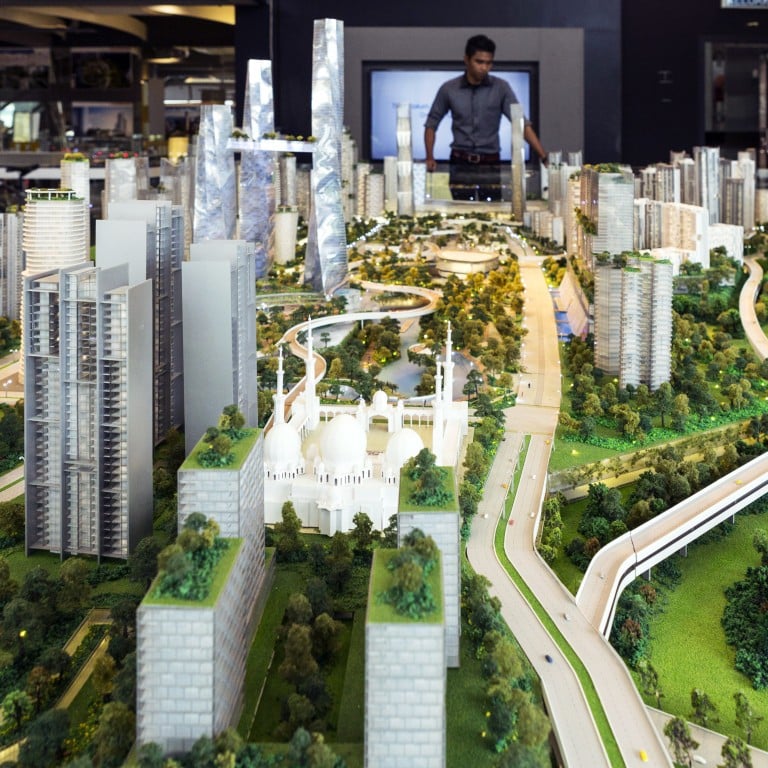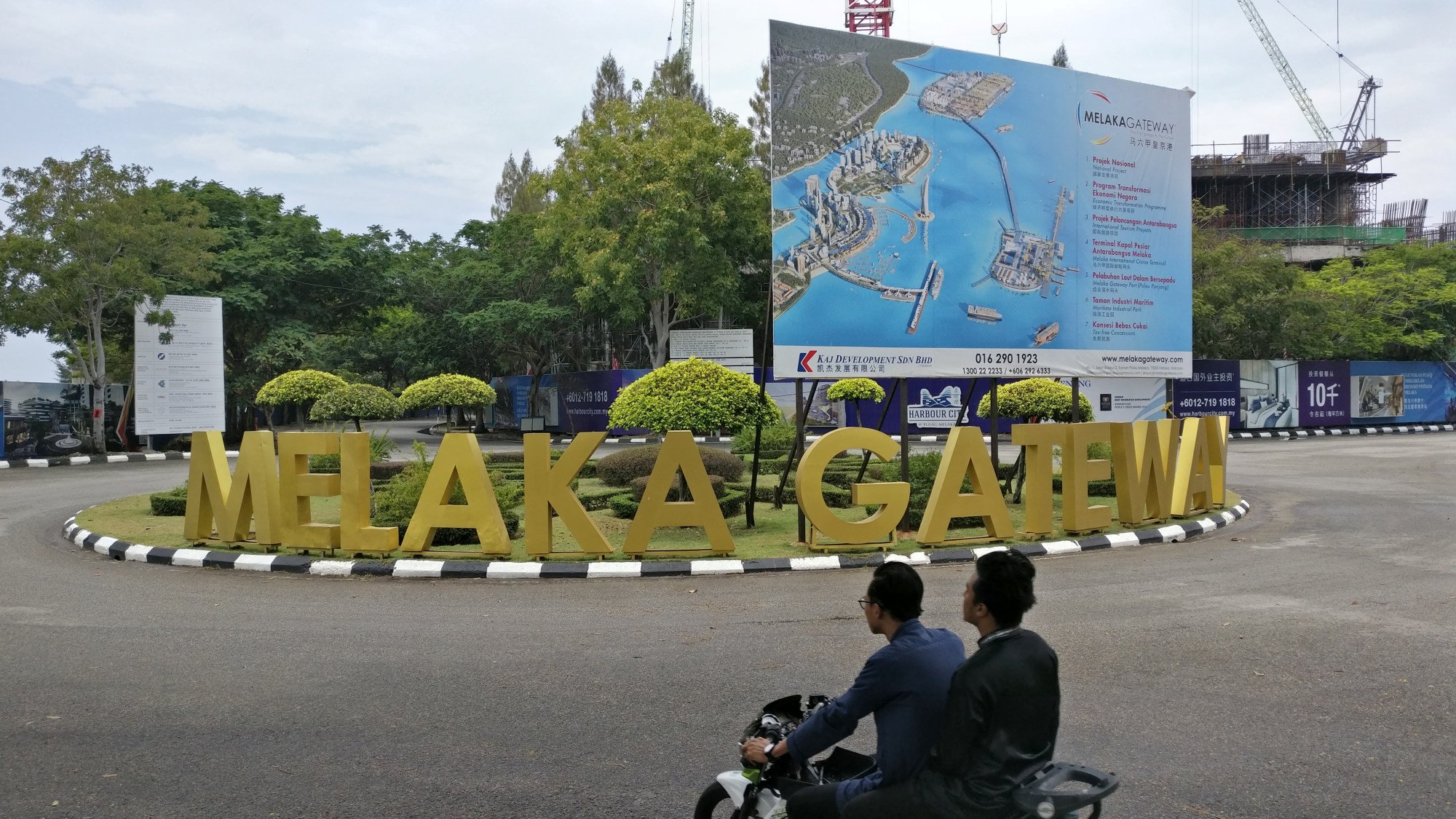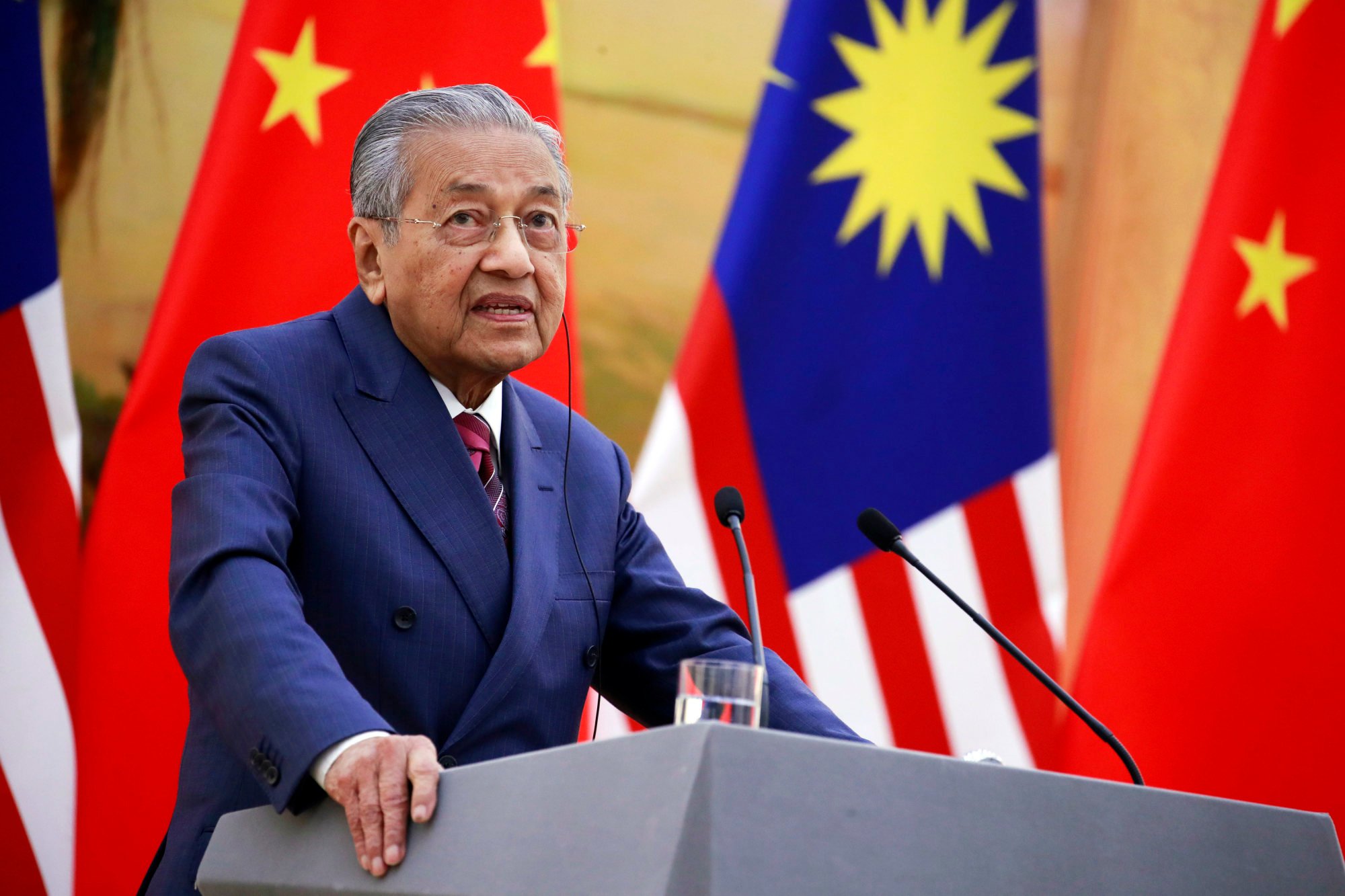
Not just Forest City: a look at Malaysia’s Chinese-backed projects that have faced uncertainty, controversy
- Under ex-PM Najib Razak’s tenure, Malaysia saw billions of dollars of Chinese mainly belt and road investments, some of which were later axed
- Others have ‘been revitalised’, such as the Melaka Gateway port, Bandar Malaysia railway and the East Coast Rail Link, expected to open in 2027
Malaysia lures Singapore’s expats as Chinese-built Forest City homes ‘sit empty’
Domestic politics aside, the projects also faced stumbling blocks from strict capital controls imposed by Beijing since 2017 and onerous red tape in Malaysia, according to Oh Ei Sun, a senior fellow at the Singapore Institute of International Affairs.

Melaka Gateway
Long before any government intervention, the Melaka Gateway port and special economic zone plan was already riddled with delays. First mooted in 2014, it took a further three years before a deal was struck with the Melaka state government to get the project off the ground.
While not strictly a belt and road project, the 43 billion ringgit (US$9.3 billion) Melaka Gateway rode on the wave of Chinese infrastructure investments pouring in.
Back in bloom? Malaysia seeks to revive China-backed Forest City megaproject
Funded primarily by Chinese state-owned energy firm PowerChina, the 246.7-hectare maritime development envisaged new port facilities, economic parks and tourist attractions constructed across three artificial islands.
The port and cruise terminal segments of the project, however, were cancelled in 2018 by the federal government, before being reinstated a year later. Then in 2020, the Melaka state government terminated the project on grounds that the developer, KAJ Development, had failed to complete it.
But it was not the end for the Melaka Gateway. In September last year, KAJ Development, which is backed by the Sultan of Johor, announced in a statement that the project “has been revitalised” with support from both state and federal governments.

Pipeline projects
The three projects – two in the peninsula and one in eastern Sabah state – would have cost nearly US$1.8 billion to complete. The cancellations were part of severe cost-cutting measures that Mahathir implemented soon after starting his second stint as prime minister, to deal with a 1 trillion-ringgit debt pile that he blamed on state debts accrued via the scandal-riddled 1MDB fund, crafted under Najib.
A year later, Mahathir said the country had taken back over US$243 million from CPP for the unfinished pipelines, which the government said were only 13 per cent complete when the projects were suspended.

Bandar Malaysia
Anwar announced in October that his government would take over the Bandar Malaysia project, after a slew of aborted attempts by the previous developer to get the railway scheme going over the past decade.
Malaysia’s PM Anwar ‘can’t be distracted’ amid economic woes, US-China rivalry: analysts
In its latest incarnation, Anwar said Bandar Malaysia’s development would now focus on providing affordable public housing and green spaces for residents of capital city Kuala Lumpur.
East Coast Rail Link
As with other China-linked mega-projects, Mahathir suspended the ECRL not long after returning as prime minister in 2018.
It was allowed to resume a year later after the China Communications Construction Company agreed to restructure the cost of the 640km-long rail line to 44 billion ringgit, down nearly a third from the initial 65.5 billion-ringgit price tag.
The project will now cost an estimated 50 billion ringgit.
Transport Minister Anthony Loke said in December that the ECRL was 56 per cent complete. The entire line is expected to be fully built by December 2026, and is scheduled to start operations in January 2027.


